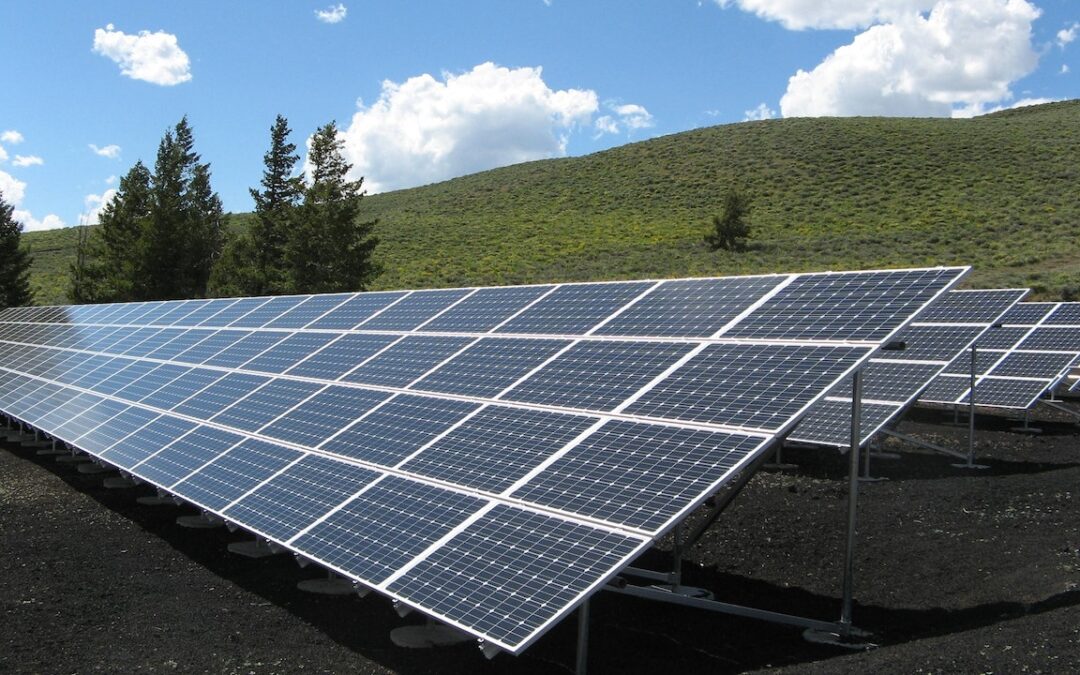As businesses become more aware of their environmental impact, many are seeking ways to reduce their carbon footprint and operate in a more sustainable manner. One way to achieve this is by implementing energy-saving solutions in the workplace. Not only is it better for the environment, but it can also have a positive impact on your bottom line. In this blog, we’ll explore three scenarios of how going green can benefit your business.
Scenario 1: Cutting Costs: One of the most significant benefits of energy-saving solutions is the reduction in energy costs. By using energy-efficient appliances, implementing lighting controls, and improving insulation, businesses can save a significant amount on their energy bills. This was the case for a small retail store in New York that decided to upgrade their lighting to LED bulbs. They saw an immediate reduction in their electricity bills by 30%, which translated to substantial savings over the year. With the money saved, they were able to invest in other areas of their business, such as marketing and employee training.
Scenario 2: Improving Brand Image: More and more customers are looking for companies that prioritize sustainability and take measures to reduce their environmental impact. Implementing energy-saving solutions can help businesses improve their brand image and attract eco-conscious consumers. A hotel in San Francisco invested in solar panels and implemented water-saving measures, such as low-flow showerheads and toilets. These measures not only reduced their energy consumption but also helped them attract environmentally conscious travelers. They saw an increase in bookings and received positive feedback from guests about their sustainability efforts.
Scenario 3: Meeting Regulatory Requirements: Many governments around the world are implementing regulations and incentives to encourage businesses to reduce their carbon footprint. By implementing energy-saving solutions, businesses can meet these regulatory requirements and take advantage of incentives, such as tax breaks and grants. An engineering firm in London decided to install a green roof, which helps reduce heat loss and improves air quality. They were able to meet the local council’s regulatory requirements for sustainable building design, which allowed them to apply for a tax break. This helped them reduce their tax liability and reinvest the savings back into their business.
In conclusion, going green and implementing energy-saving solutions can benefit businesses in multiple ways. From reducing energy costs to improving brand image and meeting regulatory requirements, there are many reasons to invest in sustainability. It’s not only the responsible thing to do but can also have a positive impact on your bottom line. So, what are you waiting for? Start exploring energy-saving solutions for your business today.

